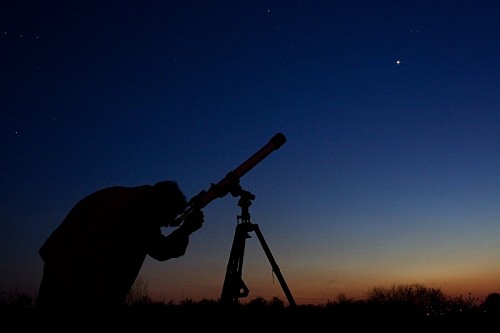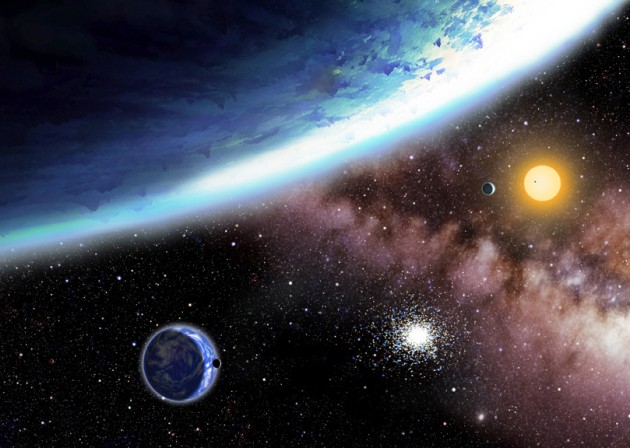Se-tenant: Edwin Hubble (United States of America 2000)
Edwin Hubble (United States of America 2000)
10 April (United States of America ) within release Hubble Images goes into circulation Se-tenant Edwin Hubble face value 5*33 United States cent
| Se-tenant Edwin Hubble in catalogues | |
|---|---|
| Stamp Number: | Sn: US 3388b |
Se-tenant is square format.
Imperforate strip of 5Also in the issue Hubble Images:
- Se-tenant - Edwin Hubble face value 5*33;
- Mini Sheet - Edwin Hubble face value 20*33;
- Se-tenant - Edwin Hubble face value 5*33;
Se-tenant Edwin Hubble it reflects the thematic directions:
An astronomer is a scientist in the field of astronomy who focuses their studies on a specific question or field outside the scope of Earth. They observe astronomical objects such as stars, planets, moons, comets and galaxies – in either observational (by analyzing the data) or theoretical astronomy. Examples of topics or fields astronomers study include planetary science, solar astronomy, the origin or evolution of stars, or the formation of galaxies. A related but distinct subject is physical cosmology, which studies the Universe as a whole
Astronomy is a natural science that studies celestial objects and the phenomena that occur in the cosmos. It uses mathematics, physics, and chemistry in order to explain their origin and their overall evolution. Objects of interest include planets, moons, stars, nebulae, galaxies, meteoroids, asteroids, and comets. Relevant phenomena include supernova explosions, gamma ray bursts, quasars, blazars, pulsars, and cosmic microwave background radiation. More generally, astronomy studies everything that originates beyond Earth's atmosphere. Cosmology is a branch of astronomy that studies the universe as a whole. .
Outer space (or simply space) is the expanse that exists beyond Earth's atmosphere and between celestial bodies. It contains ultra-low levels of particle densities, constituting a near-perfect vacuum of predominantly hydrogen and helium plasma, permeated by electromagnetic radiation, cosmic rays, neutrinos, magnetic fields and dust. The baseline temperature of outer space, as set by the background radiation from the Big Bang, is 2.7 kelvins (−270 °C; −455 °F)



